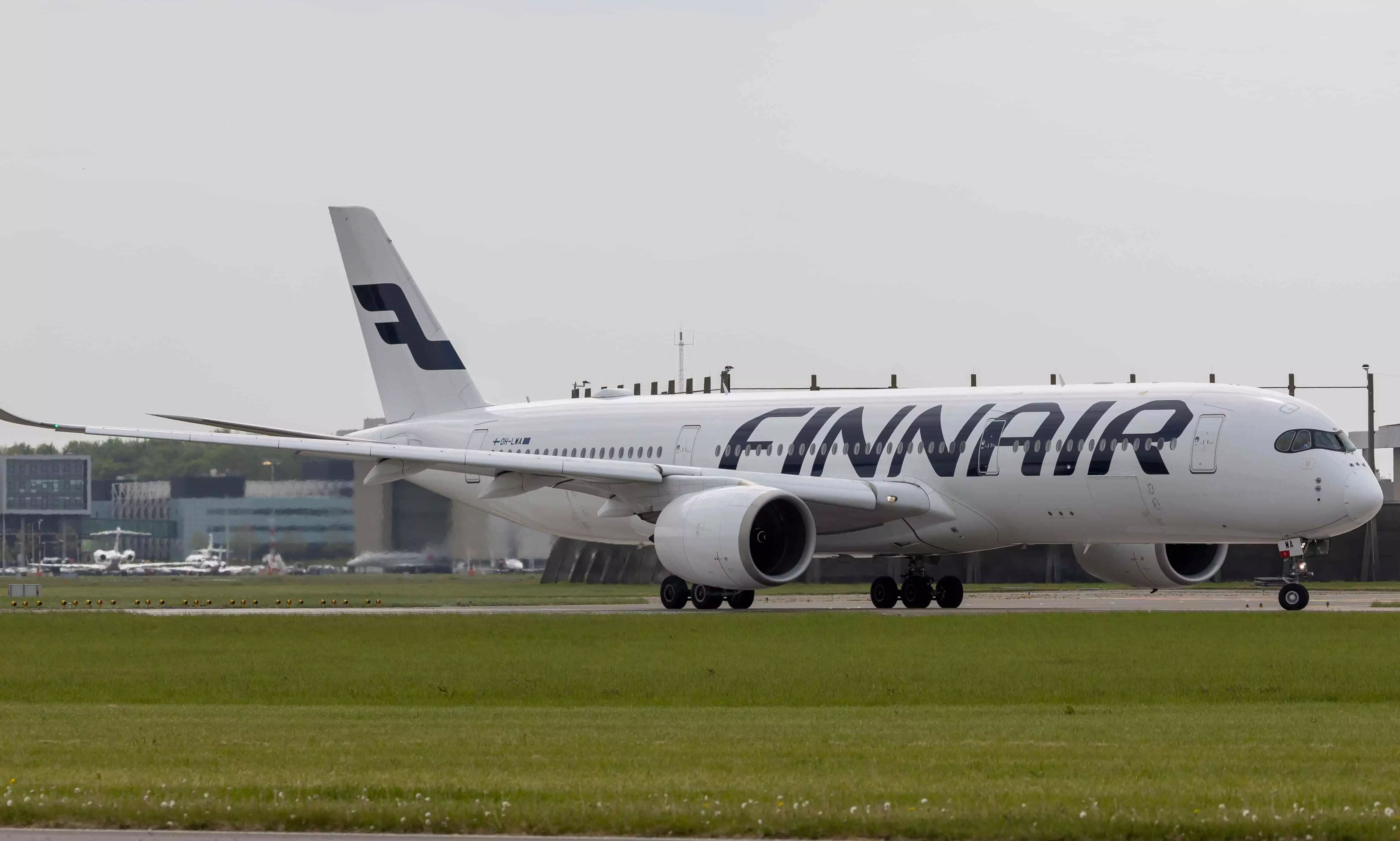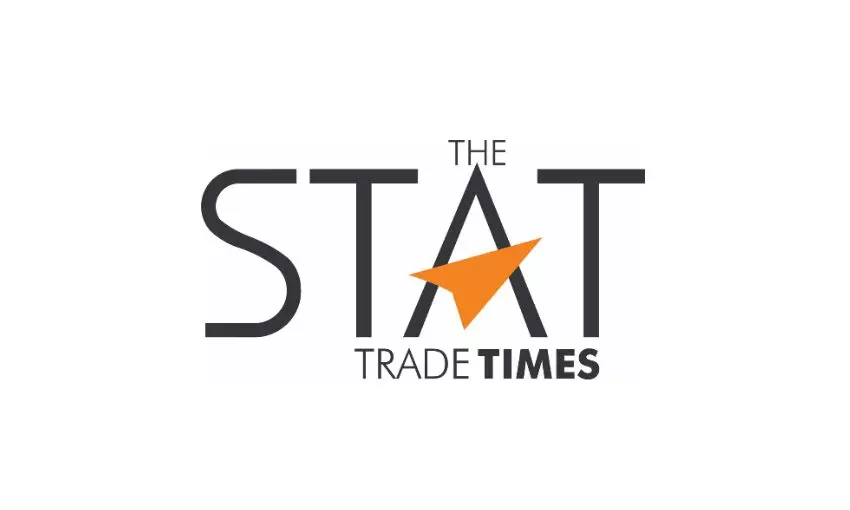
Finnair joins Liquid Sun to produce SAF in Finland
Liquid Sun is launching a globally unique pilot project to produce renewable, sustainable aviation fuel (eSAF) from biogenic CO₂ emissions.

Finnish tech firm Liquid Sun has kicked off a pilot project to produce sustainable aviation fuel (eSAF) in collaboration with Finnair, ABB, Fortum, and Finavia, according to an official release from Finnair.
The pilot seeks to build a fully operational ecosystem and value chain for synthetic fuel production in Finland. The EU’s sustainable aviation fuel (eSAF) blending mandate positions Finland to emerge as a key producer of synthetic fuels in the coming years.
Finnish company Liquid Sun is launching a globally unique pilot project to produce renewable, sustainable aviation fuel (eSAF) from biogenic CO₂ emissions. Originating from research at Tampere University, Liquid Sun has developed an innovation based on low-temperature electrolysis (LTE) technology that converts CO₂ emissions and renewable hydrogen into eSAF. For this pilot, Liquid Sun has partnered with Finnair, ABB, Fortum, and Finavia. In Finland, biogenic CO₂ emissions are generated, for example, by the forest industry and biogas plants, the release added.
The pilot electro-fuel production unit in Espoo is set to become fully operational by autumn 2025. As the first pre-commercial production pilot of its kind in Finland, it aims to create a functional ecosystem and value chain for synthetic fuel. Through this collaboration, the partners will jointly develop eSAF production, carry out validation, and build capabilities for globally scalable processes, ensuring a future supply of domestically produced sustainable aviation fuel.
“Finland has the opportunity to become a leading producer in the rapidly emerging sustainable aviation fuel market. To achieve this goal, it is critical that the project brings together industrial partners across the eSAF value chain with a shared ambition to accelerate the transition to sustainable fuels,” says Pasi Keinänen, CEO of Liquid Sun.
At the beginning of 2025, the EU aviation blending mandate entered into force, requiring the gradual increase of renewable fuel use in aviation through 2050. From 2030, the mandate will expand to include fully synthetic fuels made from CO₂. By 2050, the blending requirement will rise to 70%, of which half must be eSAF. The mandate applies to airports with at least 800,000 passengers or 100,000 tonnes of cargo annually. In Finland, this includes Helsinki-Vantaa and Rovaniemi airports.
“As the owner of Finland’s airports, we at Finavia want to do everything we can across the aviation value chain to support more sustainable air travel. This means bold climate collaboration with our stakeholders, and actively understanding and testing new technologies across our airport operations,” says Henri Hansson, SVP, Airport Infrastructure, Sustainability, Safety, Security & Compliance at Finavia.
Under this regulatory framework, Finland has a unique opportunity to emerge as a leading producer of renewable aviation fuels. The Finnish forest industry alone produces 20 million tonnes of biogenic CO₂ annually, with additional emissions from biogas plants. Leveraging these diverse sources enables decentralised eSAF production, enhancing energy security and helping balance the national electricity grid.
“Aviation is one of the hardest sectors to decarbonise, and its energy transition will require new innovation and collaboration across the value chain. We want to contribute to developing Finland’s capability in synthetic aviation fuel production while advancing the industry’s carbon neutrality goals,” says Riku Aho, Vice President Energy Transition, at Finnair.
“Fortum’s target is to help societies to reach carbon neutrality and our customers to decarbonise their processes. For aviation fuel production, we are pleased to offer renewable energy and, in the future, hydrogen from the pilot plant we are currently building,” says Satu Sipola, Vice President, Hydrogen and Project Execution at Fortum.
“The goal of ABB Oy’s H2 Springboard programme is to promote the development of Finland’s hydrogen economy ecosystem and to accelerate the scaling of hydrogen technology solutions. The Liquid Sun project is an excellent example of broad ecosystem collaboration for developing pioneering solutions,” says Simo Säynevirta, Head of H2 Springboard ecosystem at ABB.
“There is a technological race underway to deliver cost-efficient and scalable solutions, and Finland’s conditions and capabilities are highly favourable. We believe rapid piloting and validation is the right approach when building an entirely new industry for synthetic fuels. If successful, this project can give Finland a significant competitive advantage,” says Pasi Keinänen, Liquid Sun.

